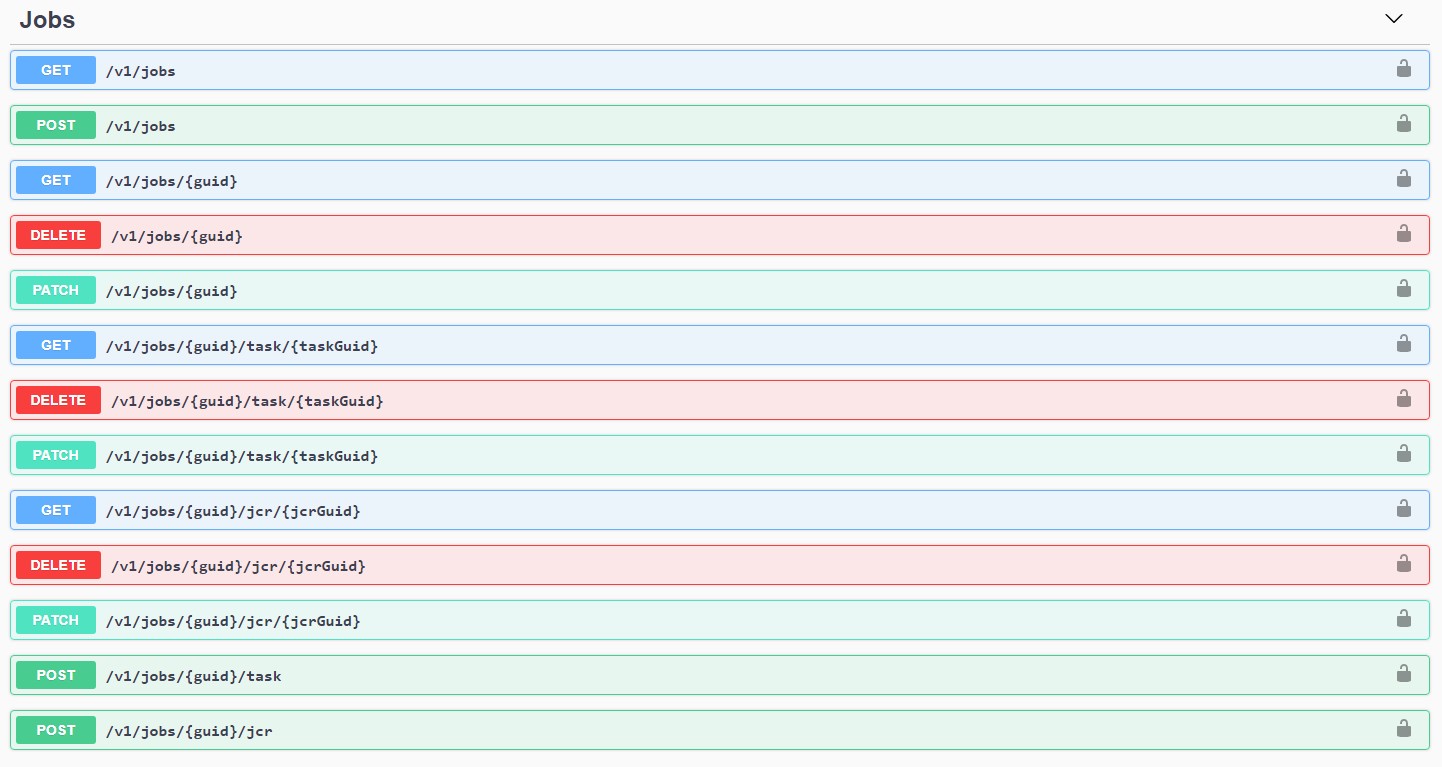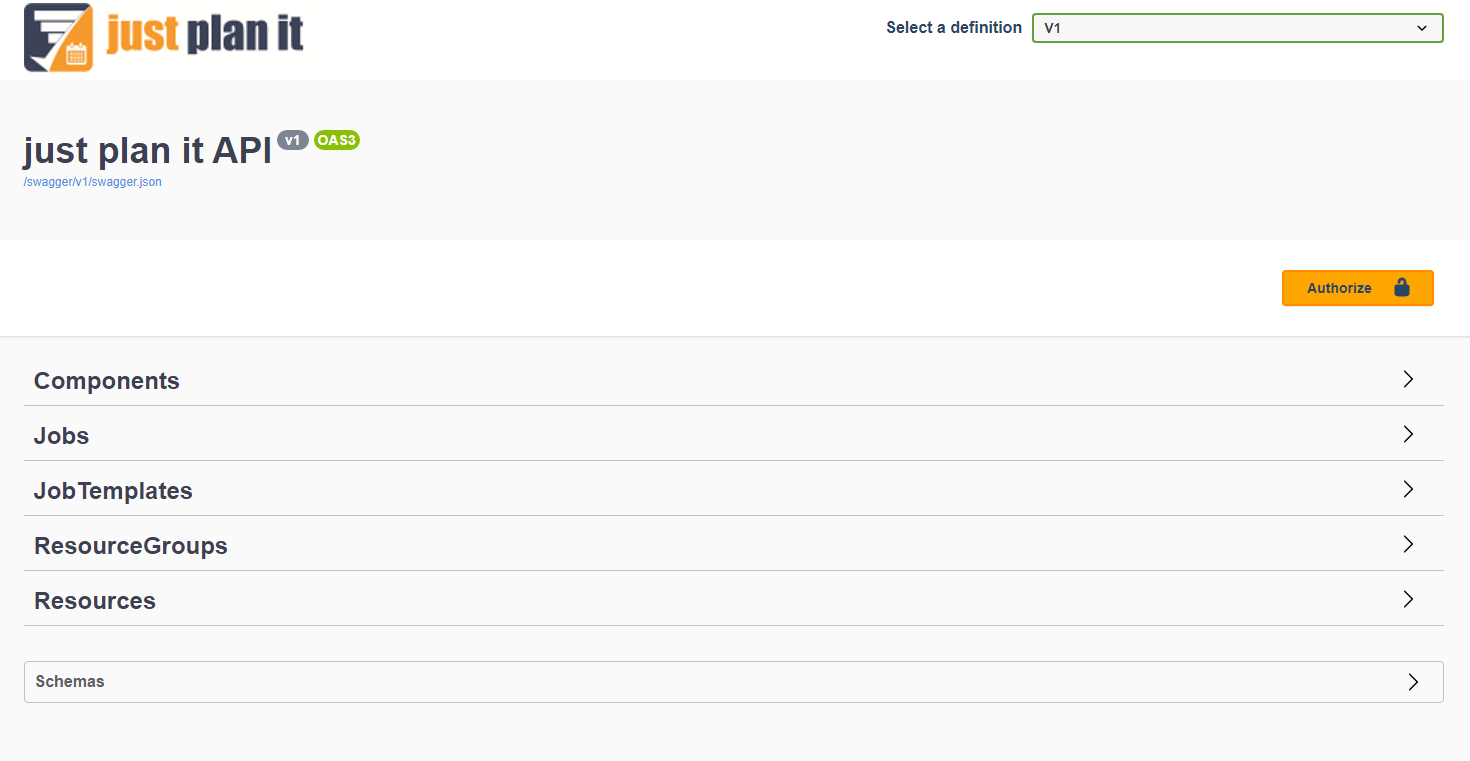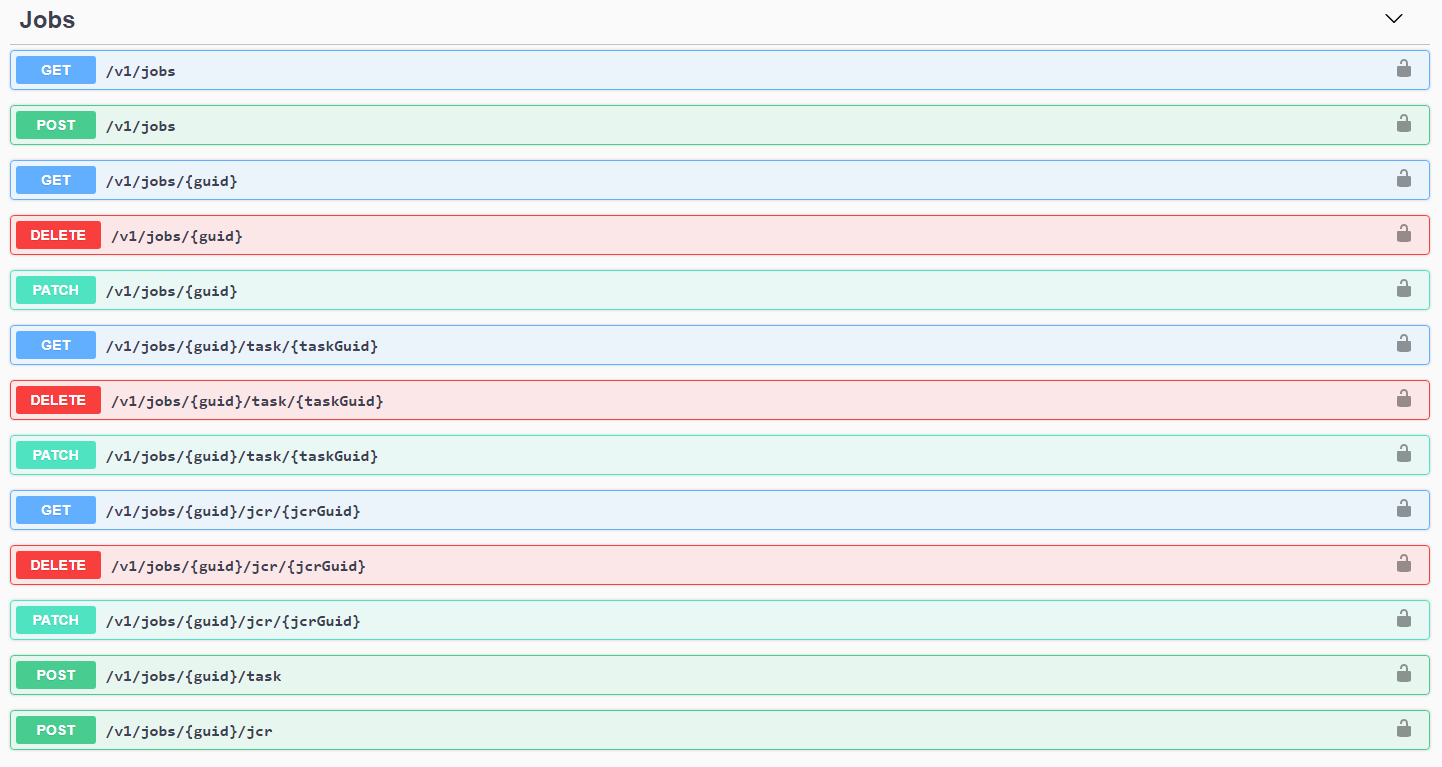Menu

Following our initial release of the just plan it production scheduling API we did mention that it was only a small first step to give you the same capabilities as the graphical user interface allows. We have now taken a big step to fully align the API with all application functions.
We worked on this along with enhancements to the performance of just plan it as a whole, which we released earlier last week, as the impact was too good to wait on the API to be finished.
Let’s explore the new API possibilities first.
If you have not set up you just plan it API key yet you can follow this link to our initial API blog post talking about how to generate an API key.
Once you have your API key we can take a look at https://api.just-plan-it.com

At first glance not much has changed, but when you open the object types you can see that in addition to the previously existing POST and GET functions there are now PATCH and DELETE functions as well.

As you can probably tell by the API endpoints both PATCH and DELETE require you to specify the unique id of the given object you want to either modify or delete. Opening one of the Patch functions will reveal the schema needed for the PATCH call. You can omit properties you do not want to modify from these calls.
There is one special case: If you want to remove a date-time value, for example, the Release Date of a job or the Time Constraint for a task, or an object reference like the template property on a job, you need to set the appropriate property to an empty string:
This way we distinguish between an omitted property and the intentional setting to an empty value.
As a result of the PATCH call, you will get the JSON representation of the changed object, similar to the GET result for that object type.
If the PATCH call you made caused some side effects, which were not explicit in the JSON you will see an additional field in the result called PatchWarnings in the resulting JSON informing you of what happened.
An example: When you have a job with a template binding and PATCH changes its Job Note property the template binding will be removed. This is then mentioned in the PatchWarnings property.
The result for the DELETE call will be the corresponding object type containing the deleted object to show the remaining objects.
While working on the API, we also started to put more focus on the performance of just plan it. Though we managed to improve our performance with this update by up to 30 %, this is just the start of a major focus on improving the way to work with just plan it.
From the latest general performance updates, we will now move onto more specific areas of interaction with jpi, finding which features suffer the most and doing focused work to improve these to enable you to plan even more efficiently.
In addition to those functionality upgrades, we of also fixed a few bugs and errors and enhanced our testing capabilities to keep everything running smoothly.
You aren't a just plan it user so far? Not sure if this is the right solution for you? Not ready to book a demo yet? Read what your peers achieve by working with us:
just plan it is a production scheduling software plus scheduling tools & best practices to help high-mix low-volume make-to-order manufacturers gain transparency and control over their shop operations. The software plus its methodology is used by thousands of people around the globe. They consistently achieve improved on-time deliveries, shorter lead times, and better utilization of their resources.
As just plan it is not just software, but a lot of processes and best practices, we recommend that you start with an exploratory meeting. If we agree that there is a fit between your requirements and our approach, we'll build a prototype for you.
Hence, it all starts with a meeting. Book that meeting now.
These Stories on Product news
Made with by BOYUM IT SOLUTIONS GmbH (Copyright © 2024) Read our Privacy Policy & Terms of Service
No Comments Yet
Let us know what you think